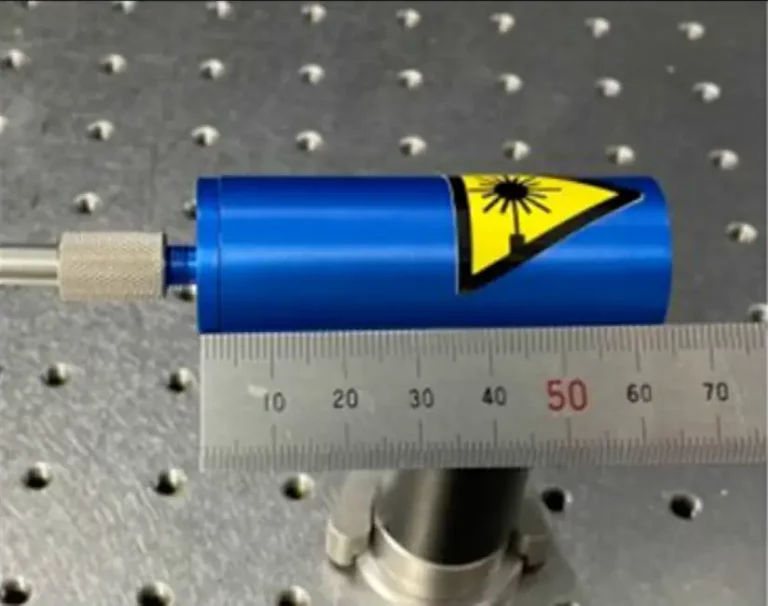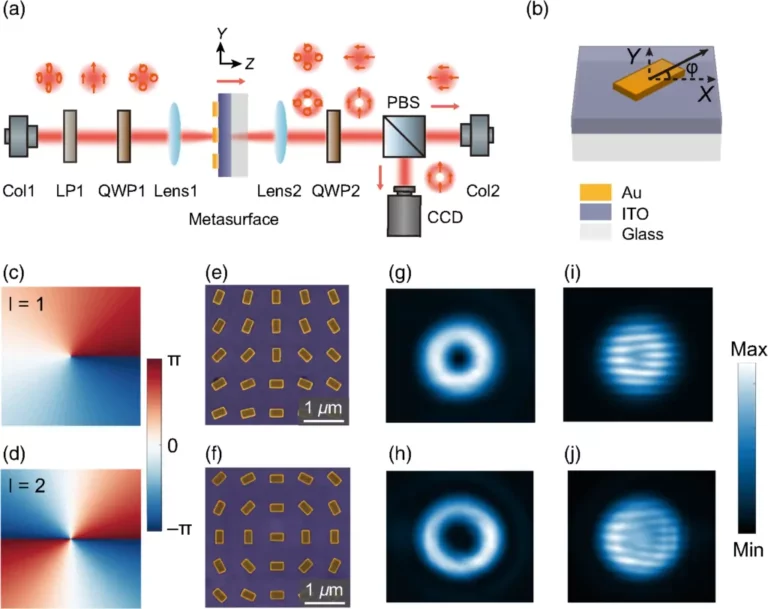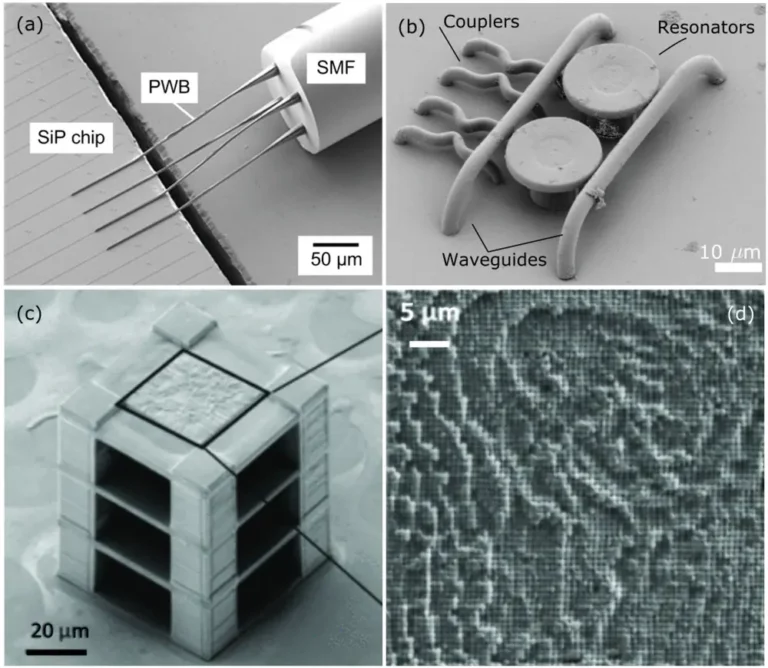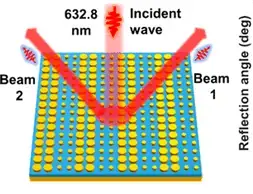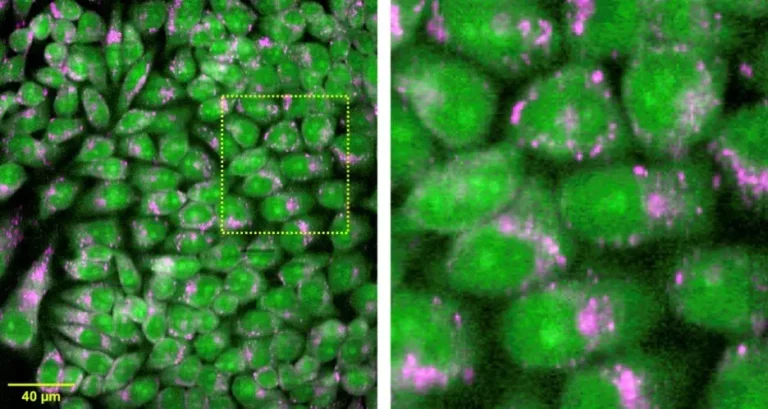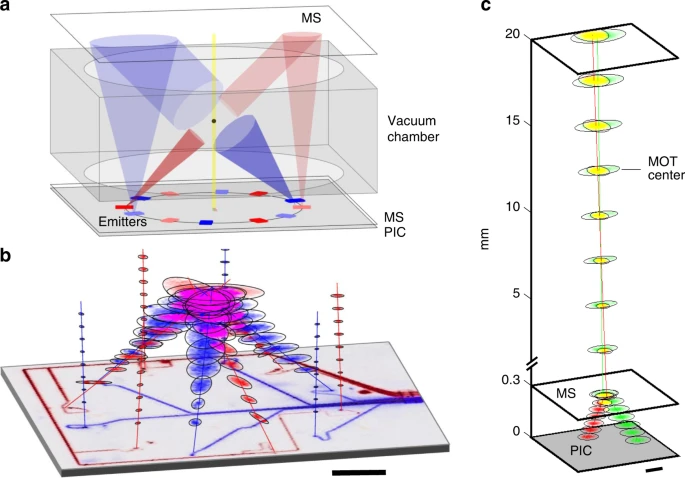Researchers Use Neural Network to Enhance Laser Frequency Locking, Reduce Deviation by Half
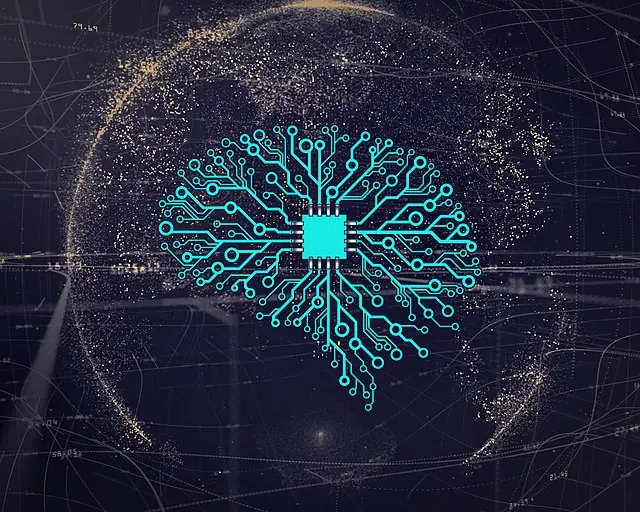
Laser frequency locking systems are critical components in laser synchronization, optics communications, holography, and other applications that require ultra-stable laser wavelength stabilization. While both analog and digital feedback control systems are utilized in these applications, digital systems have become more prevalent due to their flexibility, simplicity, and robustness. However, the most common algorithm used in digital locking systems, the proportional-integral-derivative (PID) algorithm, has limitations in compensation for the transient response caused by nonlinearity. To overcome this limitation, researchers at the University of Shanghai for Science and Technology have developed a neural network assisted laser frequency locking system that uses predicted values to reduce nonlinearity.
The team’s findings demonstrate that the system provides better locking performance than the PID algorithm in the same locking system. The peak-to-peak deviation and root-mean-square error of the neural network assisted locking system were reduced by half compared to the PID algorithm locking system.
Analog and Digital Frequency Locking Systems
Frequency locking systems have two types of feedback control systems: analog and digital. Analog frequency locking systems have been used for many years and are reliable and stable. However, digital systems have become more prevalent due to their flexibility and robustness. Digital frequency locking systems have better adaptability to various environments and are easier to control. The PID algorithm is the most common algorithm used in digital frequency locking systems. However, it has limitations in compensating for the transient response caused by nonlinearity.
Experimental Setup and Neural Network Architecture
To test the performance of the neural network assisted laser frequency locking system, the research team set up an experimental platform using a homemade laser frequency locking system. They used a laser frequency stabilization module and a homemade neural network module for testing. The team used a backpropagation neural network algorithm with two hidden layers, 10 nodes in each layer, and a learning rate of 0.01. They trained the neural network module with a total of 1200 data sets, and the testing process used 300 sets of data.
The team compared the performance of the PID algorithm and the neural network assisted locking system. The results showed that both the peak-to-peak deviation and the root- mean-square error of the neural network assisted locking system was reduced by 50% compared to the PID algorithm locking performance in the same locking system.
Advantages and Limitations of Neural Network Assisted Locking System
The neural network assisted locking system has many advantages over the PID algorithm. First, it can effectively reduce nonlinearity and improve the locking performance. Second, the neural network module has the ability to learn and adapt to the dynamic environment. Third, the neural network module is easy to adjust and optimize for different frequency ranges. However, the neural network assisted locking system has limitations. The neural network module requires a large amount of data for training, and the training process is time-consuming.
Conclusion: Implications and Future Directions
The neural network assisted laser frequency locking system developed by the research team at the University of Shanghai for Science and Technology provides a better solution for laser frequency locking systems than the PID algorithm. It has advantages in reducing nonlinearity, improving locking performance, and adapting to dynamic environments. The team’s research has implications for the development of ultra-stable laser wavelength stabilization and continuous-variable quantum key distribution. Future research could focus on optimizing the neural network architecture and improving the training process to make the system more efficient and adaptable to different frequency ranges.

